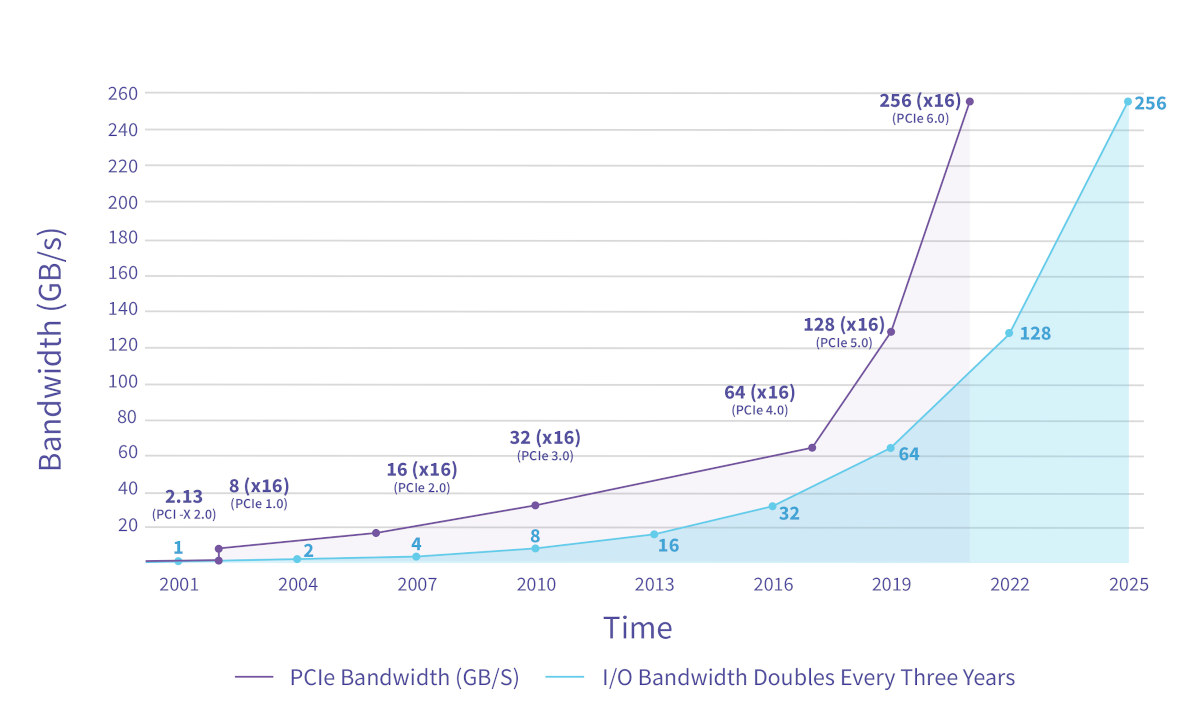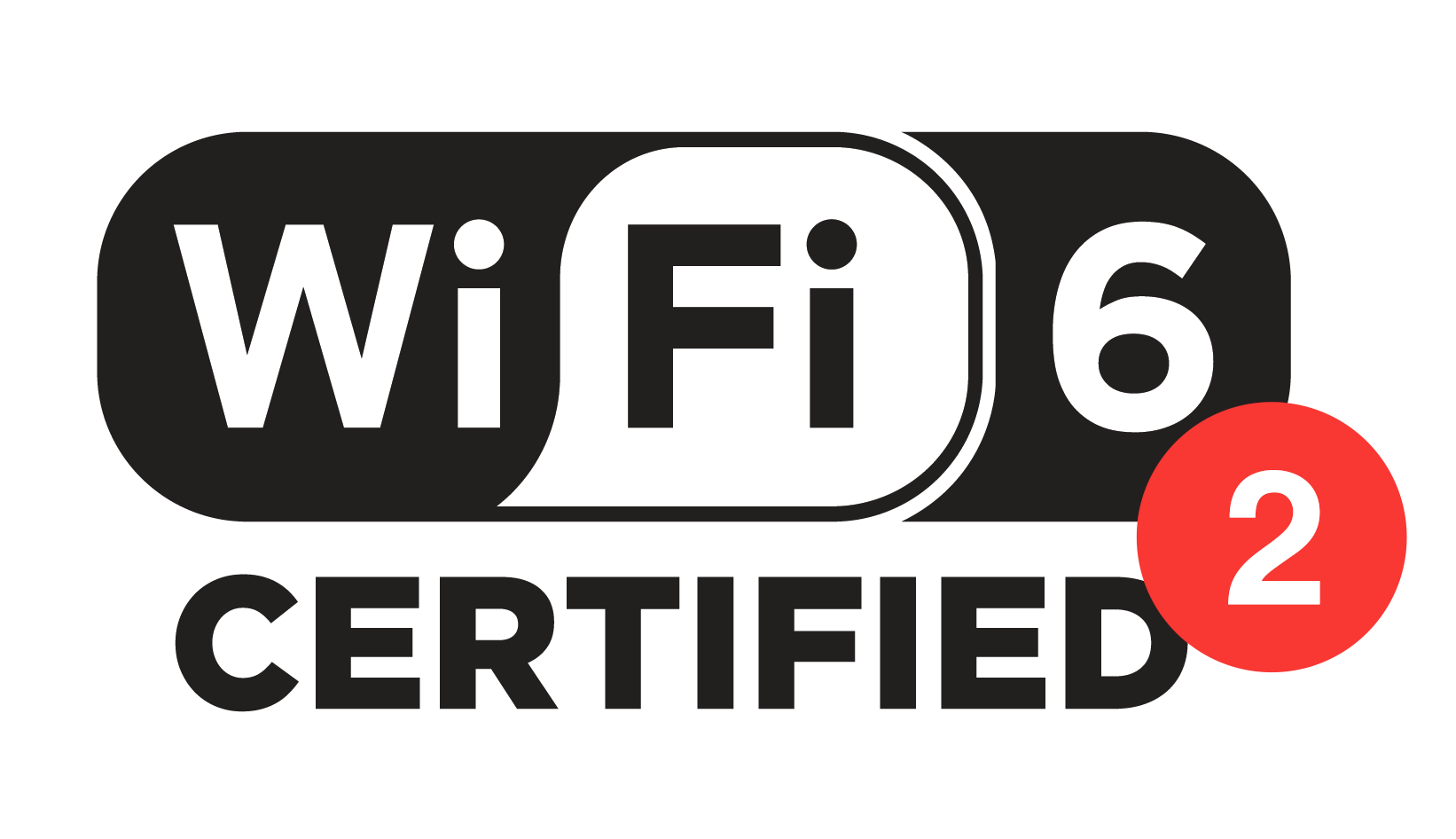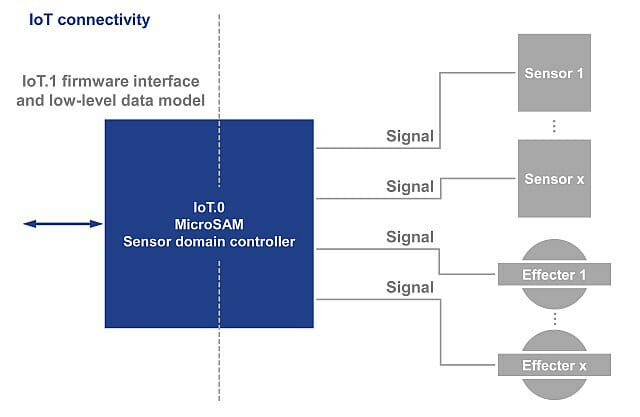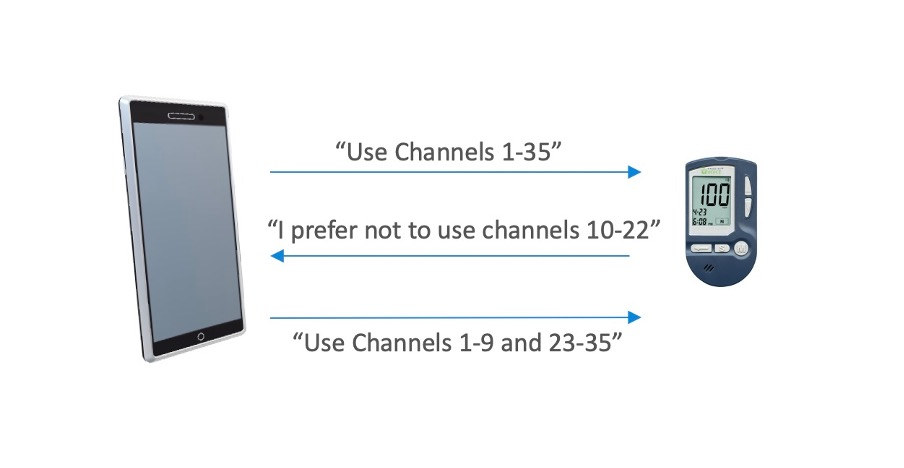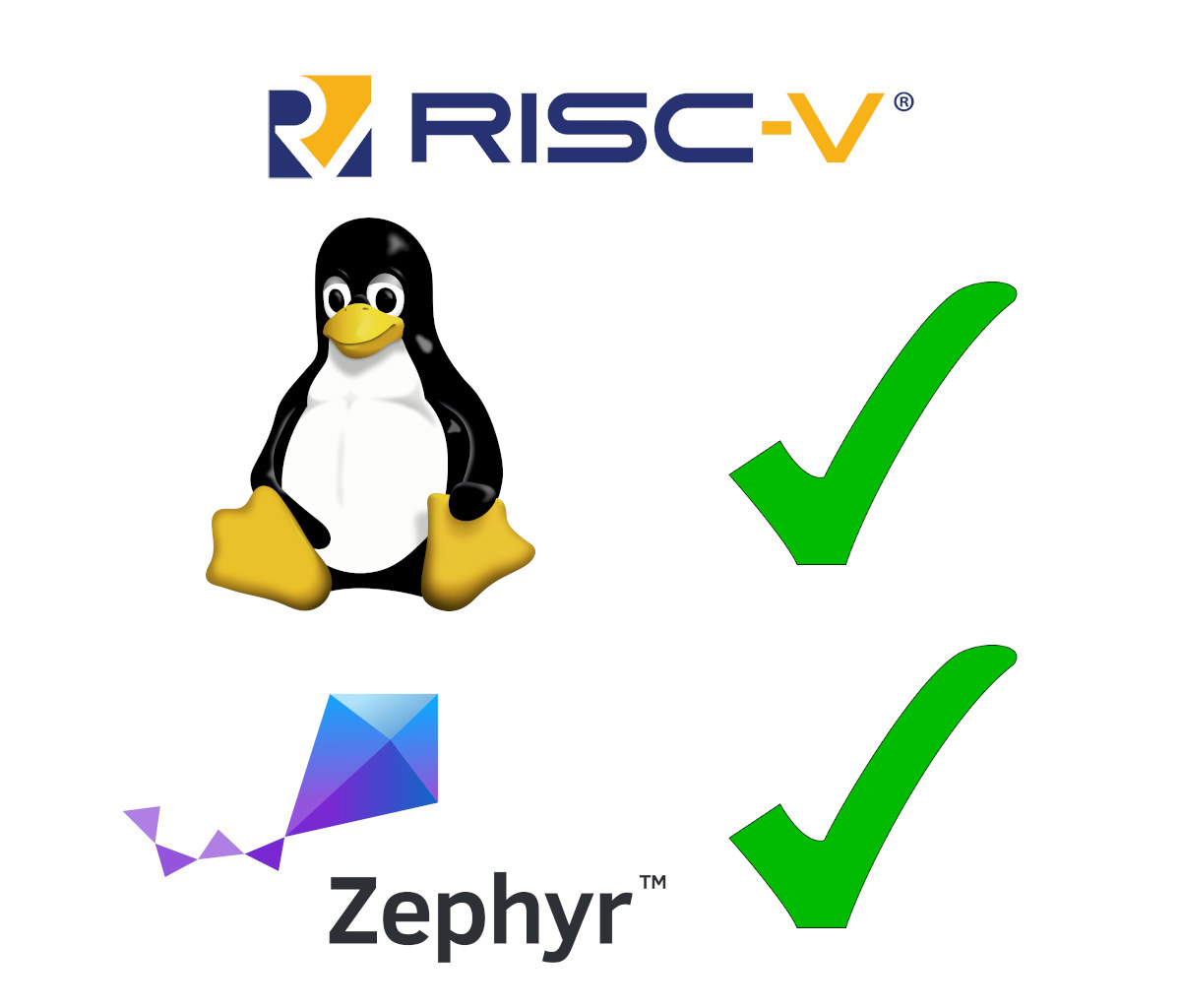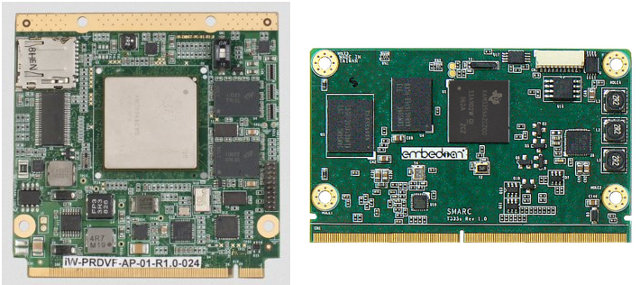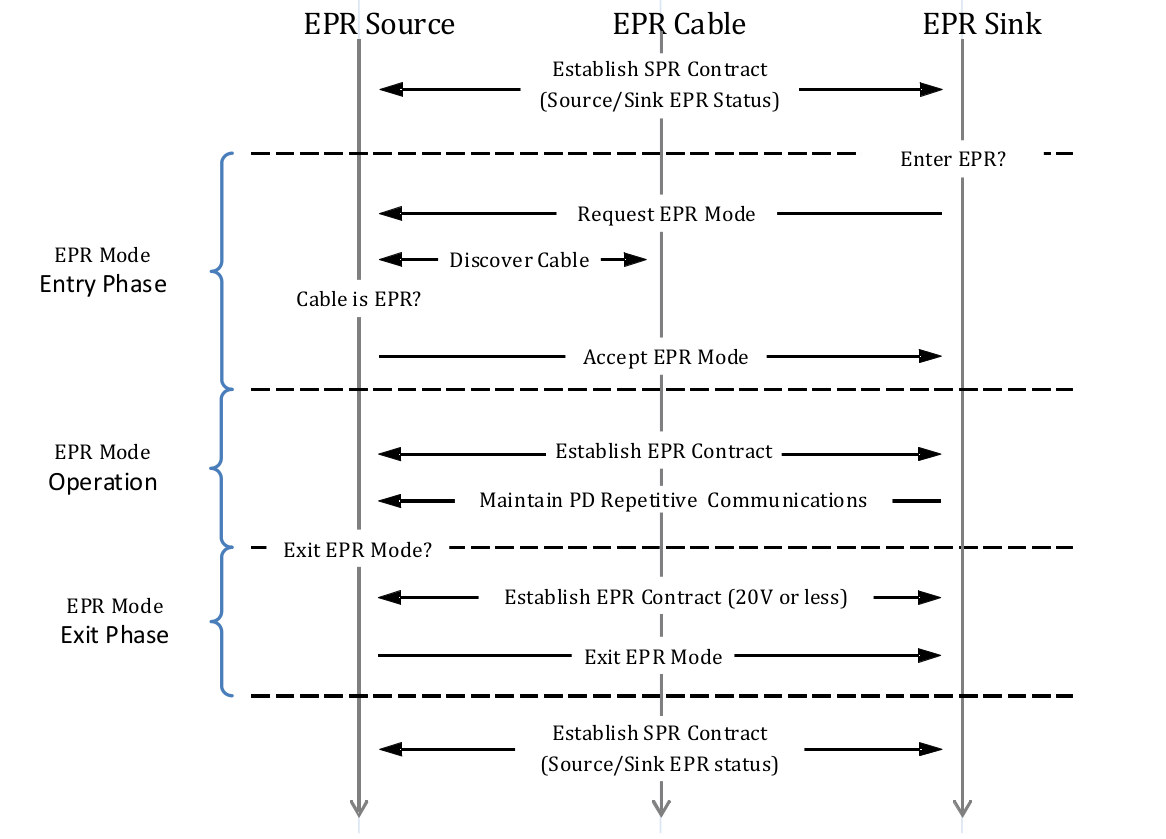The PCI-SIG has just released the PCIe 6.0 specification reaching 64 GT/s transfer speeds, or 256GB/s, doubling the PCIe 5.0 specification data rate, and aimed at Big Data applications in the data center, artificial intelligence/machine learning, HPC, automotive, IoT, and military/aerospace sectors. PCIe 6.0 follows PCIe 5.0 announced in 2019 and can achieve the 256GB/s data rate in a 16-lane configuration. Implementation will take time, as even PCIe 5.0 is not widely used yet, and in the embedded space, I only found PCIe 5.0 in the recently announced Alder Lake-S Desktop IoT processors, with the Alder Lake Mobile IoT processors still being limited to PCIe 4.0. PCIe 6.0 highlights: 64 GT/s raw data rate and up to 256 GB/s via x16 configuration Pulse Amplitude Modulation with 4 levels (PAM4) signaling, leveraging existing PAM4 already available in the industry Lightweight Forward Error Correct (FEC) and Cyclic Redundancy Check (CRC) mitigate the […]
Wi-Fi 6 Release 2 adds support for uplink multi-user MIMO, improves power management
The Wi-Fi Alliance has just announced Wi-Fi 6 CERTIFIED Release 2 with new features that support increasing device and traffic density, and improve power management with Wi-Fi devices and applications. There are two main changes to the standard: Support for uplink multi-user multiple input, multiple output (multi-user MIMO) which will help with video conferencing, faster uploads, more reliable gaming, and IoT use cases. Power management features that will mostly provide benefit smart home, smart city, and Industrial IoT (IIoT) environments Broadcast target wake time (TWT) Extended sleep time Dynamic multi-user spatial multiplexing power save (SMPS) That means there are now three Wi-Fi 6 standards with the original WiFi 6, WiFi 6E, and the new WiFi 6 Release 2. The good news is that the new Release appears to be backward compatible with both WiFI 6 and WiFi 6E and several companies provided quotes for the press release saying how grateful […]
PICMG IoT.1 firmware specification targets IoT sensors and effecters
The PICMG consortium is better known for COM Express and COM HPC standards for x86 industrial computers-on-module, but last year they started catering to the IIoT sector with the introduction of the microSAM System-on-Module (micro Sensor Adapter Modules) standard for microcontrollers and IIoT sensors. The consortium has now ratified the IoT.1 firmware specification defining a communication standard between sensors/effecters and local IoT controllers such as microSAM specified by PICMGs IoT.0 specification. The PICMG IoT.1 standard, developed in collaboration with the Distributed Management Task Force (DMTF), defines a vendor-agnostic firmware interface and low-level data model that builds upon the Platform Level Data Model (PLDM) low-level messaging system, and adds features specific to industrial automation and control use cases. If like me, you’ve never heard about PLDM, PICMG explains: The PLDM is a low-level messaging system that supports topologies, eventing and discovery and runs over a variety of system level buses such […]
Bluetooth 5.3 new features lower latency, interference, improve battery life, security
Bluetooth 5.3 Core Specification was adopted on July 13, 2021, without fanfare, and the only related announcement that I could find is CEVA RivieraWaves Bluetooth IP getting support for Bluetooth 5.3. Bluetooth 5.3 brings four new features or enhancements and removes one extension from the core specification: Periodic Advertising Enhancement – The AdvDataInfo (ADI) field of the common extended advertising payload format may now be included in AUX_SYNC_IND protocol data units (PDUs) which are broadcast when a device is performing periodic advertising. The Bluetooth Low Energy (LE) controllers may now use the information in the ADI field to recognize packets that contain retransmitted copies of identical or semantically equivalent data, and discard those packets in order to prevent unnecessary processing on the nodes, and make sure the overall throughput is not affected due to retransmitted packets. Encryption Key Size Control Enhancement – In Bluetooth BR/EDR, encryption key sizes are negotiated […]
The RISC-V Platform Specification aims to ensure RISC-V hardware and software compatibility
The RISC-V platform specification aims to define a set of rules to make sure operating systems like Linux or the Zephyr Project can boot properly on all RISC-V hardware compliant with the specs. If you’ve ever worked with the Arm Linux kernel over ten years ago, you may remember board files, which were replaced by device tree bindings, and eventually, Arm defined several standards culminating with Arm SystemReady certifications allowing compliant Arm platforms to boot off-the-shelf OS images like in the x86 world. While we are probably a long way from a “RISC-V SystemReady” platform certification program, the RISC-V platform specification is currently being worked on to define requirements for two types of platforms with optional extensions: OS-A Platform: This specifies a rich-OS platform for Linux/FreeBSD/Windows…flavors that run on enterprise and embedded class application processors. Current extension: Server Extension M Platform – This specifies an RTOS platform for bare-metal applications […]
Overview and List of System-on-Module and Computer-on-Module Standards – Q7, SMARC, COM HPC, and More
A System-on-Module (SoM), also known as a Computer-on-Module (CoM), is a small board with the key components of a computer such as SoC, memory, and possibly others components such as PMIC (Power Management IC), an Ethernet PHY, as well as one or more connectors used to connect to a baseboard, also called carrier board, which features standard ports such as Ethernet (RJ45), USB ports, SATA, power jack and so on. The advantages of using of baseboard + SoM design compared to a single board are at least twofold: Most of the PCB design complexity is often around the CPU/SoC and high-speed buses connected to the CPU/SoC. So you could buy an SoM, design your own baseboard and get a complete design relatively in a short amount of time, with reduced development resources and costs. The design is modular, so you could easily upgrade from one SoM to another one. For […]
USB Type-C Specification 2.1 allows up to 240W Extended Power Range (EPR)
Many devices have switched from a Micro USB port or a power barrel jack to the USB-C port in recent years, as the latter allows for higher currents, and up to 100W power input in USB PD (Power Delivery) compliant systems. While 100W will be more than enough for most devices, more power-hungry devices or systems still need a power brick, for example, gaming laptops and mobile workstations. But the USB Type-C specification 2.1 aims to change that by upping the maximum power to 240W. As noted by Benson Leung in a Reddit Thread the part of the specification that handles the 240W power is the EPR (“Extended Power Range”) that defines requirements for cables, chargers, and devices: 3.11 Extended Power Range (EPR) Cables 3.11.1 Electrical Requirements Extended Power Range cables have additional requirements to assure that these cables can deliver the full defined voltage and current range for USB […]
The Zigbee Alliance renames to the Connectivity Standards Alliance (CSA), Project CHIP becomes “Matter”
The Zigbee Alliance is/was an organization of hundreds of companies creating, maintaining, and delivering open standards for Zigbee… and other Internet of Things (IoT) standards including Smart Energy, Green Power, JupiterMesh, rf4ce, Dotdot, etc… Since the organization does not reflect its involvement beyond Zigbee, the name has just been changed to the Connectivity Standards Alliance (CSA), and while they were at it they also rebranded “Project CHIP” (Connected Home over IP) to “Matter”, maybe because “connectivity standards matter!” 😉 There’s also a new website csa-iot.org but it may not have complete information just yet, and they invite you to access the Full website (https://zigbeealliance.org/about/) for extra details. Nothing much has changed here besides the name. But there’s more to report about Matter. A dedicated website has launched for the new standard, although the code remains under the Project Chip GitHub account at this time. What’s more interesting is that formal […]


